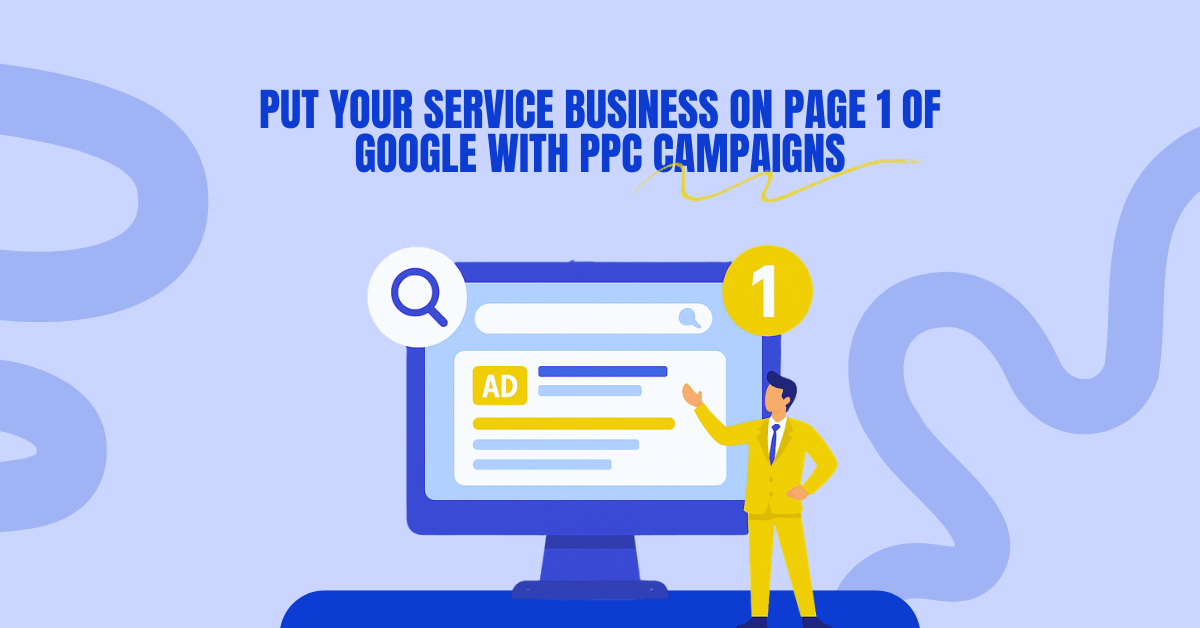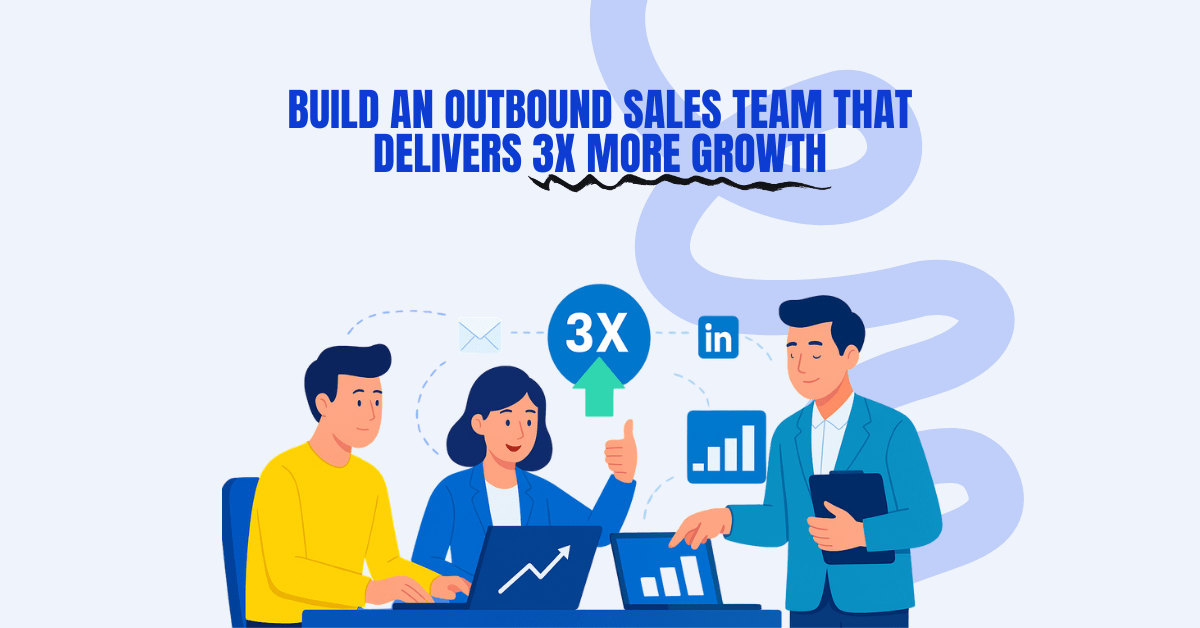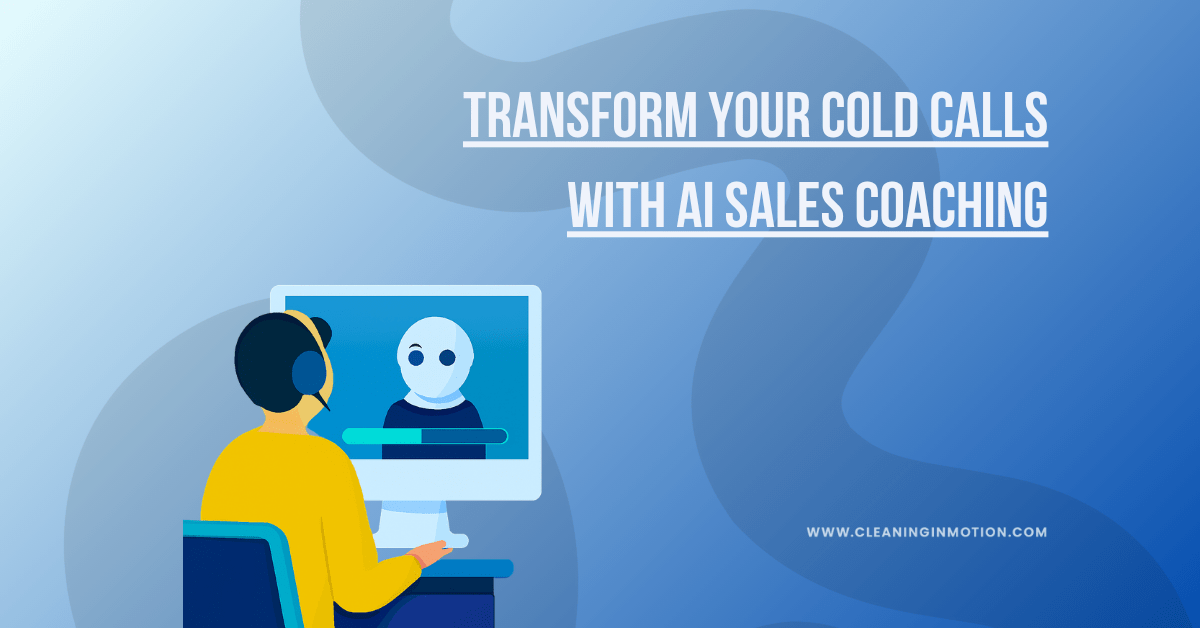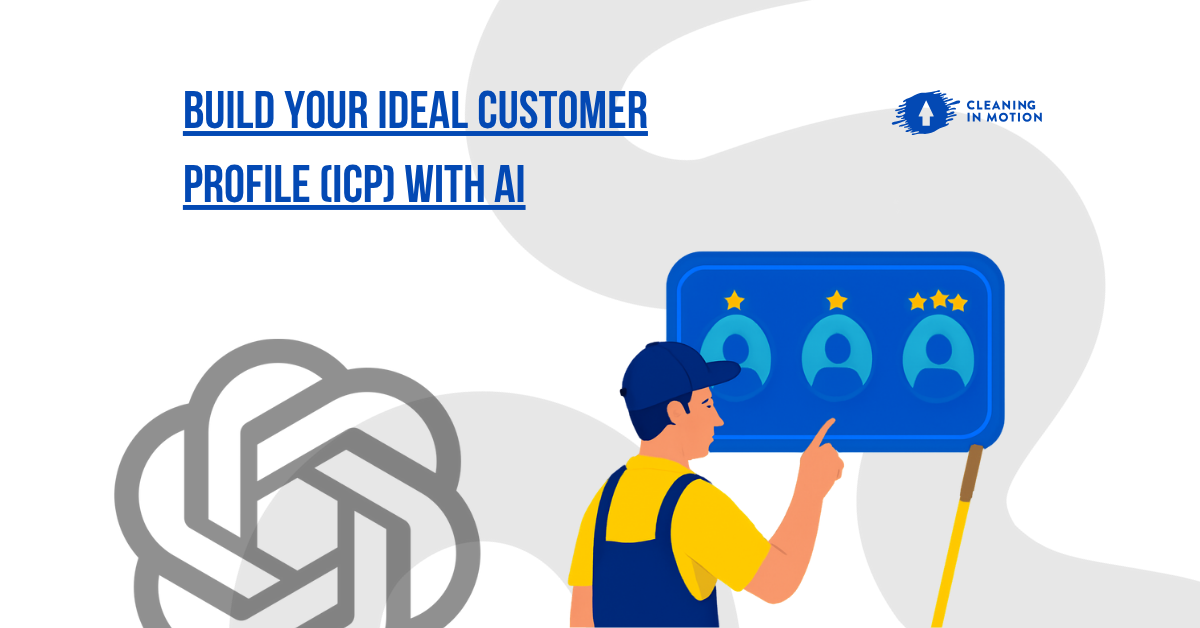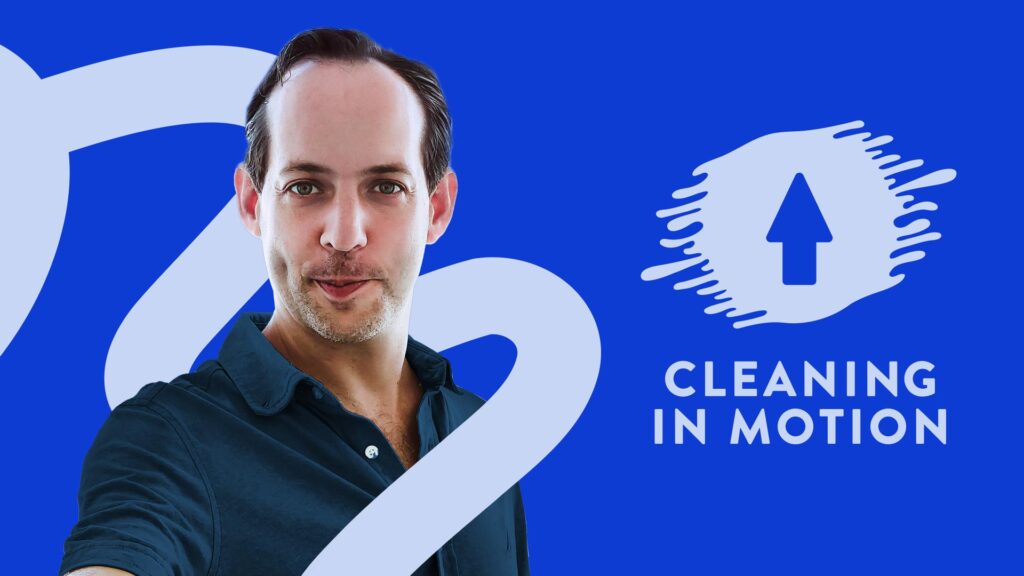What Are PPC Campaigns? – Put Your Service Business on Page 1 of Google
Let’s be real, referrals are nice, but they’re not predictable. You can’t scale your cleaning or facility service business by hoping someone mentions your name at the next Chamber of Commerce breakfast. Meanwhile, your competitors are running pay-per-click (PPC) advertising campaigns on Google Ads and Bing Ads, showing up right where your potential customers are searching.
That’s the power of PPC campaigns. It’s not about chasing likes or posting endlessly on social media, it’s about building a system where you invest in visibility and get measurable, trackable results every single time someone searches for your service.
In this article, we’ll break down how PPC campaigns fit into your marketing ecosystem, why running ads is often the turning point for service-based companies, and how you can use Google PPC campaigns and Bing Ads PPC campaigns to turn clicks into contracts.
1. Cracking the Code: How PPC Puts You in Front of Ready-to-Buy Clients
Let’s start simple: the paid media ecosystem is the network of platforms where you pay to get your business seen, and ideally, chosen. For most service-based companies, that means Google Ads and Bing Ads, the two leading platforms for pay-per-click (PPC) campaigns.
When you hear “PPC campaigns,” it means pay-per-click advertising, where you only pay when someone actually clicks your ad. That’s what makes it so effective for small and midsize service businesses, you control exactly where your dollars go.
Imagine this: a property manager searches for “commercial office cleaning near me.” Then, a Google PPC campaign puts your ad right at the top, above the organic results. You’re not waiting for SEO rankings to kick in six months later, you’re visible instantly, in front of someone who’s ready to buy.
The beauty of the paid media ecosystem is its precision. You can target by ZIP code, industry, or even job titles like facility manager or operations director. That’s why effective PPC campaigns are less about “advertising” and more about connecting, they’re the digital version of shaking hands with your next client.
2. Why Run Ads? The Difference Between Waiting 6 Months With SEO vs 1 Month With PPC
Let’s be clear, PPC isn’t cheap. But when managed right, it’s one of the most ROI-focused and swift marketing strategies out there.
Here’s what smart business owners get out of it:
Immediate Visibility
With Google Ads PPC campaigns, your business can appear at the top of search results overnight. No waiting, no guesswork. You’re visible the moment people need your services, whether they’re searching for janitorial cleaning in Phoenix or HVAC maintenance in Miami.
Precision Targeting
Unlike social media advertising that targets users by interests or demographics, PPC advertising targets search intent, the exact keywords people type when they’re ready to buy. You’re not guessing who might need your service; you’re showing up for those actively searching for it.
Scalable Growth
Unlike fixed advertising like billboards or print ads, PPC scales with you. You can start with a modest budget and increase spending as your return improves. Platforms like Google even offer automated PPC campaigns that adjust bids and placements automatically based on performance.
Data Transparency
Every click, impression, and lead is measurable. You can see exactly how much you spent, how many calls you received, and what your cost per lead is. This level of clarity makes PPC campaign management ideal for business owners who want to see real numbers, not vague marketing promises.
Competitive Edge
When prospects compare cleaning or facility service providers, being seen first matters. Paid media gives you that advantage, visibility, credibility, and control.
In short, PPC turns your marketing from reactive to proactive. You’re no longer waiting for leads; you’re generating them on demand.
3. PPC vs. SEO (and Beyond): How to Build a Marketing Engine That Never Sleeps
PPC isn’t the only way to get leads, but it’s the most immediate. Let’s break down how it stacks up against other common strategies.
1. PPC for Immediate Results
If your goal is to generate leads this month, running PPC campaigns is your fastest option.
It’s perfect for seasonal pushes (“Back-to-School Cleaning Specials”) or filling your pipeline during slow months.
You pay for speed, but you also gain valuable data and visibility.
2. SEO for Long-Term Growth
SEO and PPC campaigns work best together. SEO builds authority over time; PPC captures demand today.
SEO might take 6–12 months to rank for competitive terms like “office cleaning services,” but PPC gets you there in a month.
Over time, as your SEO strengthens, you can reduce ad spend and still dominate search results.
3. Cold Calling & Email Marketing
These work, but they require time, persistence, and manpower. Cold calling builds relationships; PPC builds awareness.
Smart companies blend them: your ads warm up the market, and your callers or appointment setters close the deals.
4. Budget Considerations
If you’re tight on budget, don’t let that stop you from testing PPC. Start small, even $25–$50 a day can give you enough data to identify what keywords and ads perform best. Once you see traction, scale gradually and reinvest profits into higher-performing campaigns.
And here’s a pro tip: if your budget is limited, consider Bing Ads (Microsoft Advertising). While Google Ads typically dominates search volume, Bing’s cost-per-click (CPC) rates are often lower, meaning you can capture high-quality leads at a smaller spend. This makes Bing an excellent option for local or regional service businesses looking to test PPC without burning through ad dollars too quickly.
Remember, PPC and SEO campaigns aren’t competitors, they’re teammates. SEO builds long-term credibility; PPC delivers instant visibility. Together, they create a marketing engine that works today and tomorrow.
5. The Hybrid Approach
The most successful service businesses do it all, they combine local SEO, Google PPC campaigns, and strong outreach.
That’s how they dominate local markets, rank high organically, and stay top of mind for decision-makers.
4. Google vs. Bing Ads: Where Smart Service Businesses Win the Search Battle
Google Advertising
Google Ads are the backbone of most PPC marketing campaigns. They’re intent-driven, meaning they show your business to people actively searching for what you offer. When someone types “commercial cleaning near me” or “HVAC maintenance for office buildings,” Google displays your ad right at the top of search results.
That’s why understanding what is Google PPC advertising is critical. You’re not paying for random exposure; you’re paying to appear at the exact moment someone needs your service.
Here’s how it works:
- You choose relevant keywords (like office cleaning services or janitorial company near me).
- You set a budget and bid on those keywords through the Google PPC campaigns interface.
- You only pay when someone clicks your ad, hence, “pay per click.”
To optimize PPC campaigns, you’ll need to monitor which keywords generate the best leads and adjust accordingly. That’s where tools like Google Analytics and call tracking come in handy.
Another smart tactic? Use localized keywords. If you’re in Tampa, focus on “office cleaning Tampa FL.” Local intent = higher conversions.
In short, Google Ads put you right in front of customers when they’re ready to buy, it’s the digital equivalent of being the first vendor to respond to a bid request.
Bing Advertising
While Google Ads dominates search traffic, Bing Ads (now known as Microsoft Advertising) shouldn’t be overlooked, especially for service businesses working with smaller budgets.
Bing’s audience often includes an older, more professional demographic, the kind of users who make purchasing decisions for businesses. That means a higher concentration of property managers, facility directors, and business owners, precisely the people who hire commercial cleaning and maintenance services. Plus, the cost-per-click (CPC) on Bing is generally lower than on Google, meaning you can achieve strong visibility at a fraction of the cost.
Bing Ads work much like Google’s platform, you bid on keywords, pay per click, and can target by geography, device, or time of day. What makes Bing even more appealing is that it powers ads across Yahoo and AOL search networks, giving your campaigns extended reach with minimal extra setup.
For businesses looking to maximize their ROI, running PPC campaigns on both Google and Bing Ads can help diversify lead sources, reduce costs, and improve overall performance.
5. The Anatomy of a Winning PPC Campaign: What Top-Performing Ads Have in Common
Now, let’s address an important point: not every PPC campaign works, but the ones that do follow a clear system. Whether you’re spending $500 or $50,000 a month, the fundamentals don’t change. The key is structure, testing, and consistency.
Let’s break down what makes effective PPC campaigns actually convert.
1. Set Clear Goals
You can’t measure success if you don’t define it.
Do you want more quote requests? Phone calls? Website traffic? The more specific your goal, the easier it is to measure.
For example:
- “Book 10 walkthroughs this month from Google Ads.”
- “Generate 20 qualified leads under $100 each.”
This is where KPI tracking for PPC campaigns matters, your cost per click, conversion rate, and cost per lead become your performance dashboard.
2. Define Your Audience
Who are you talking to? A property manager looking for a reliable janitorial partner thinks differently than a restaurant owner who just wants overnight cleaning.
With targeted PPC campaigns, you can focus on geography (ZIP codes or counties), industries (medical, education, office spaces), or even business size. This ensures your ads attract prospects who actually fit your ideal customer profile.
3. Budget and Bidding Strategy
You don’t need to “go big or go home.” Many small business PPC campaigns start with $25–$50 a day.
Google uses a bidding system, think of it like an auction for ad placement. The good news? You can control how much you’re willing to pay per click.
This process, known as PPC bid management, helps balance visibility with profitability. Don’t obsess over clicks; focus on conversions. Ten quality leads beat a hundred empty clicks every time.
4. Build Compelling Ads
In Google Ads and Bing Ads, success comes from precision, not flashy visuals. Your ad’s job is to match what your ideal customer is searching for and convince them you’re the right choice.
Each ad is made up of short headlines and longer descriptions, and both need to work together to capture attention and drive clicks.
Headlines (Up to 30 Characters Each):
Use your main keywords, a strong differentiator, or a clear CTA within the limited character space. You can include up to three headlines per ad.
Examples:
- “Office Cleaning Services”
- “Free Quote in 24 Hours”
- “Trusted Local Janitors”
Your first headline should reflect the exact search term (for relevance), while the others highlight your offer or value proposition.
Descriptions (Up to 90 Characters Each):
This section gives you room to expand your message, describe your service, include your unique selling proposition (USP), and close with a compelling call to action. You can include up to two descriptions.
Examples:
- “Reliable commercial cleaning for offices and schools. Book your free quote today.”
- “Certified janitorial experts delivering spotless results. Call now to schedule.”
Pro Tip: Keep your language simple and your offer specific. People searching on Google or Bing already know what they want, your ad just needs to prove you’re the best option.
Even the most effective PPC campaigns follow this simple rule: keywords for relevance, clarity for trust, and a strong CTA for action.
5. Align Landing Pages
If your ad promises “20% off your first cleaning,” don’t send users to your homepage. Send them to a landing page that repeats that exact offer.
This alignment between ad and page is one of the biggest secrets to successful PPC campaigns — it builds trust and increases conversions instantly.
6. Test and Refine Constantly
The top-performing advertisers aren’t the ones who “set and forget.” They’re the ones who test.
Change one element at a time, a new image, headline, or CTA, and compare results. Over time, you’ll learn which variations drive the best ROI.
That’s the essence of optimizing PPC campaigns: data-led decisions, not guesswork. And understanding that data is where real growth begins.
Final Word: Visibility Isn’t Optional — It’s the Lifeline of Growth
The paid media ecosystem isn’t just for big brands with massive budgets, it’s for any service business that wants consistent, predictable growth.
The goal isn’t to outspend competitors, it’s to outsmart them. With well-managed, ROI-focused PPC campaigns, you can show up first, win trust faster, and fill your pipeline on demand.
Start small, track everything, and refine as you go. Whether you’re cleaning offices, maintaining HVAC systems, or managing properties, paid media gives you something no referral ever will: control.
Because in today’s market, visibility isn’t optional, it’s oxygen.
